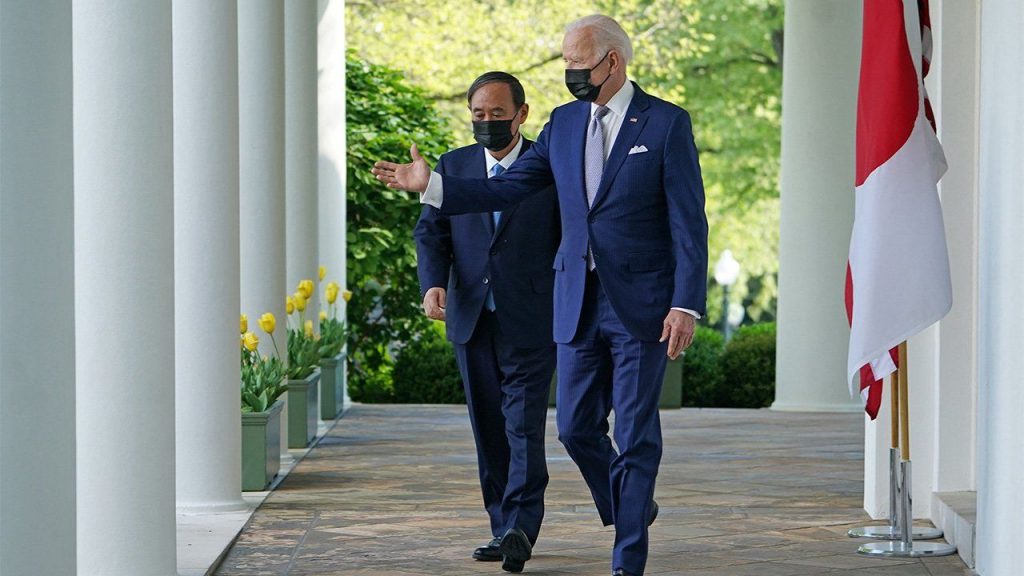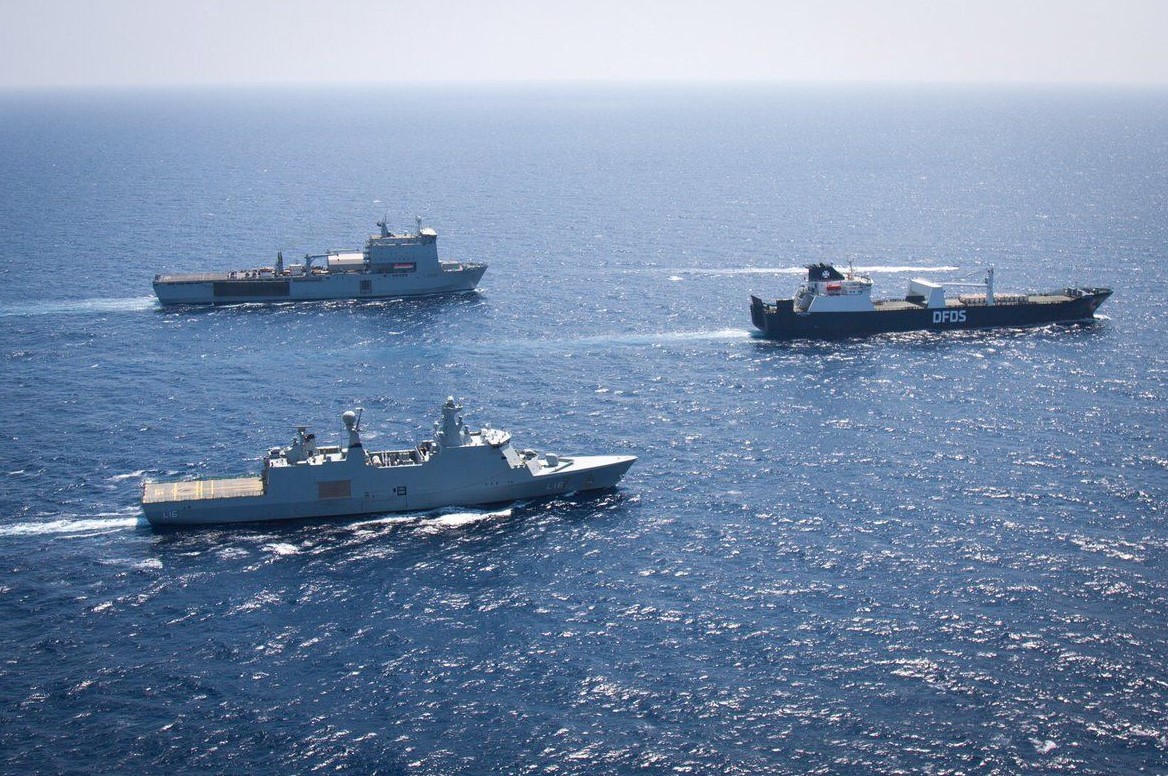03.06.2021 – 18:42
Japanese Prime Minister Yoshihide Suga this week met with Admiral John Aquilino, the new commander of the U.S. Indo-Pacific Command. Both sides agreed to strengthen the US-Japan security alliance.
And again, both sides brought up the island of Taiwan as a topic of discussion. Aquilino also held talks with Japanese Defense Minister Nobuo Kishi and affirmed the importance of peace and stability in all the straits of Taiwan.
In April, Washington and Tokyo mentioned China’s Taiwan for the first time in half a century in a joint statement by Suga and US President Joe Biden.
Tokyo recently used the Taiwan issue to create obstacles in Sino-Japan relations. It is clear that Tokyo is trying to use the island to contain Chinese territory.
Some analysts believe that Washington and Tokyo again mentioned the issue of Taiwan to strategically prevent possible movements of Chinese territory to achieve reunification by force. Former national security adviser Matt Pottinger said on Tuesday that Japan would step up militarily to defend Taiwan if Beijing moves to reunite the island by force.
In the scenario of a war in the Taiwan Straits, Washington will be involved. As for Japan, trying to protect the island of Taiwan cannot be seen as a real option because Tokyo will not actively do so. But since Japan is a U.S. military ally, it could be forced into a cross-strait military clash because of its alliance with Washington.
With some current legal restrictions in Japan, decision-makers in Tokyo are unlikely to send troops directly or intervene if military conflicts erupt through the Taiwan Straits. However, the US has military bases in Japan, and Japan can provide logistical support to the US military. It is possible for Japan to be more active in these basic tasks. But if Tokyo chooses to get directly involved if an armed conflict erupts, then it will definitely suffer a blow from China. Above all, China could strike US military bases in Japan.
Suga and Aquilino also reiterated their “strong opposition to China’s unilateral efforts to change the status quo in the Indo-Pacific region.” However, it is Japan and the United States that have tried to “change the status quo.” On issues involving the Diaoyu Islands and the South China Sea, China is trying to maintain the status quo. Japan has always portrayed itself as a victim in the Diaoyu Islands issue. But many of its acts are proactive and offensive, such as the so-called “nationalization” of the islands.
Japan has been used to achieve a delicate balance between the US and China and China-Japan relations are back on track for gradual recovery.
But now, Tokyo has changed its course and joined Washington’s strategy to keep China. He is targeting Beijing on issues such as the Taiwan Strait and human rights.
After Biden took office, he focused on multilateral mechanisms and attached importance to the role of allies. Thus the role of Japan is emphasized. Although Japan may have economic dependence on China, it is very vigilant with China on military or security issues. This coincides with China’s US control strategy.
In addition to pursuing Washington, Tokyo has also made some active adjustments. It is generally believed that Suga inherited policies from former Prime Minister Shinzo Abe, but Suga has also made some changes given the demands from Japan’s domestic politics. For example, some factions within the Japan Liberal Democratic Party (LDP) have raised their voices over Xinjiang, Taiwan, Hong Kong, and human rights issues.
As president of the LDP, Suga must take into account such a trend of anti-China public opinion.
Translated and adapted by Foreign Affairs/ FH, Konica.al







